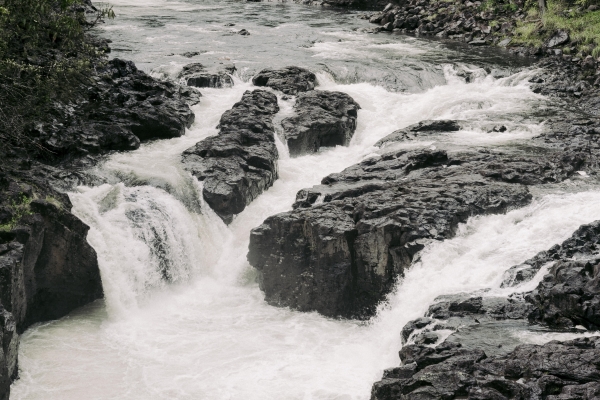
HCF’s Wai Maoli: Hawai‘i Fresh Water Initiative seeks to address and resolve water supply issues by conserving water, capturing more rainwater, and reusing water.
In 2019, the Hawai‘i Fresh Water Initiative coordinated with businesses in San Francisco to host a workshop on onsite non-potable water reuse systems. These systems collect and treat water from within or around a building, such as gently used greywater from sinks or storm water from the roof, and repurposes it for uses like flushing toilets or watering the lawn outside.
Interested Hawai‘i land-use developers, builders and union representatives who made the mainland trek got the opportunity to see non-potable water reuse systems in situ. For example, 181 Fremont is a new 604,000-square-foot building in San Francisco that uses an onsite membrane bioreactor to treat greywater collected from the building’s bathrooms.
Seeing the small, efficient, and odor-free systems in person was eye-opening to the Hawai‘i contingent. Since then, HCF has been continuing the conversation with three of the workshop attendees—developers, hotels and large landowners—who have indicated they would be interested in trying a pilot program in Hawai‘i.
On the legislative side, HCF and its Fresh Water Advisory Council Members provided support to the Hawai‘i State Legislature in passing Act 202, signed into law by Gov. Ige in July of 2019. This law requires the Department of Health adopt a permitting process for onsite non-potable water reuse systems by January 1, 2021. Previously, greywater systems could be installed, but only via a series of variances and special permits, creating too many unknowns for developers. Establishing clear rules and a process clarifies expectations and requirements, reducing risk and enabling onsite reuse to be appropriately calculated into cost equations, making an onsite non-potable water reuse system a more attractive option for businesses.